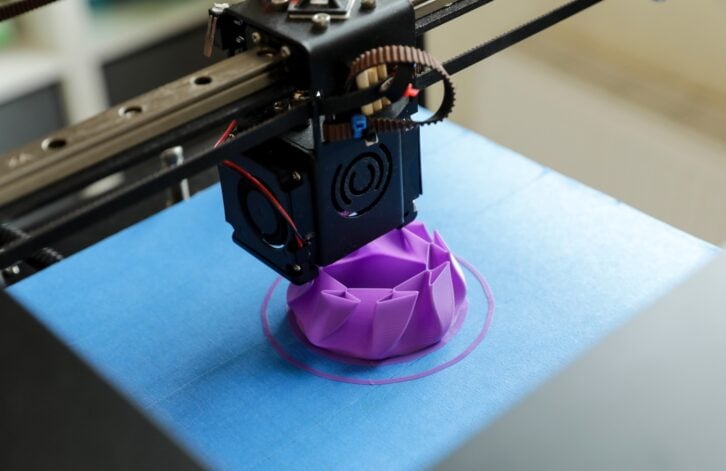The North West region of the UK is leading the country in the adoption of 3D printing, according to research, however the technology’s potential impact remains unmet.
Advanced manufacturing is among the eight growth sectors highlighted in the recent Industrial Strategy, with the government holding a keen from interest in progressing the field to build on the £75bn of turnover generated by the sector in 2023.
Within the sector, additive manufacturing, also called 3D printing, has been projected to add billions more to the economy.
In an effort to understand the real-life impact of the technology, the Department for Science, Innovation and Technology (DSIT) has published research looking at adoption rates throughout the UK.
According to its findings, the North West has the highest adoption rate of additive manufacturing in the UK outside of London with a rate of 20%.
The report noted that this contrasted with the typical regional disparity in adoption seen across other technologies.
Much of the North West’s impressive adoption of the technology is down to Manchester, a UK hub for advanced materials wherein 17.1% of SMEs in the city region have adopted 3D printing, compared with an average of 11% for the rest of the UK.
The report warned that adoption rates across the board are relatively low compared with expectations because of a lack of awareness of the benefits of 3D printing technology as well as limited availability of skills.
It therefore called for the showcasing and demonstrating of the uses and value of 3D printing to encourage greater use in manufacturing and beyond.

